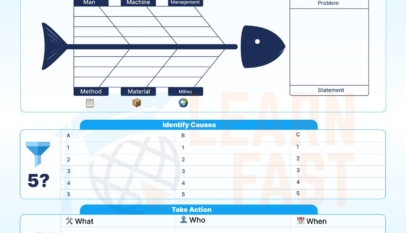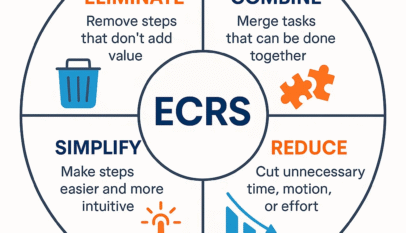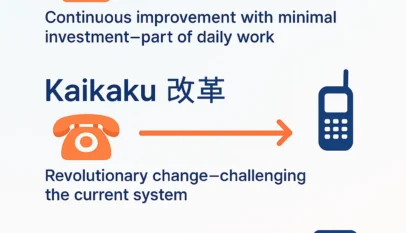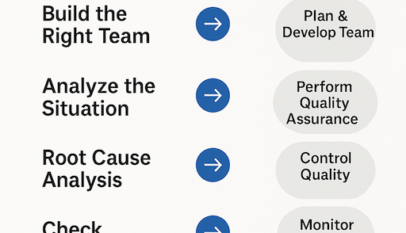Failure Modes and Effects Analysis (FMEA) is a critical methodology used across industries to identify and mitigate potential failures in products, processes, or services. By following a structured approach, FMEA helps organizations proactively address issues that could lead to costly errors or safety hazards. This post walks you through the 12 essential steps of FMEA, providing practical insights to help you implement this powerful tool effectively.
Step 1: Form a Team and Create a Flowchart
The FMEA process begins with assembling a multidisciplinary team. The team should include experts who understand the product, process, or service under review. Together, they create a detailed flowchart that maps out the relevant components and their interactions. This visual representation serves as the foundation for the analysis, ensuring that every aspect is considered.
Step 2: Assign Unique Identifiers
Each component of the system is assigned a unique identifier. This step is crucial for tracking and referencing specific elements throughout the analysis. Clear identification helps the team maintain focus and ensures that no component is overlooked.
Step 3: List Functions of Each Component
Next, the team lists all the functions that each component performs. This comprehensive list captures the intended purposes of each element within the system, providing a clear understanding of what needs to work correctly for the overall system to function as designed.
Step 4: Identify Potential Failure Modes
For each function identified, the team considers potential failure modes. A failure mode is a brief statement describing how a function might fail to perform as expected. Identifying these failure modes is critical to understanding where vulnerabilities exist within the system.
Step 5: Describe the Effects of Failure Modes
The effects of each failure mode are then explored, with a particular focus on how these failures would be perceived by the end-user. This step highlights the potential impact on customers and helps prioritize which failure modes require the most attention.
Step 6: Examine Causes of Failure Modes
After identifying the effects, the team investigates the root causes of each failure mode. By understanding why a failure might occur, the team can develop targeted strategies to prevent it. Summarizing these causes provides a roadmap for addressing the underlying issues.
Step 7: Assess Current Controls
The next step involves assessing the existing controls in place to detect potential failure modes. These controls could include inspections, tests, or quality checks designed to catch issues before they escalate. Evaluating the effectiveness of these controls is key to determining where improvements are needed.
Step 8: Determine Severity of Hazards
The severity of each potential hazard is then rated on a scale of 1 to 10, considering the potential harm to personnel or the system. This rating helps quantify the impact of failures and guides the prioritization of corrective actions.
Step 9: Estimate Likelihood of Occurrence
The likelihood of each failure occurring is estimated, also on a scale of 1 to 10. This step assesses how probable it is that a failure mode will occur, helping the team focus on the most likely risks.
Step 10: Evaluate Detection Capabilities
The ease with which failures can be detected is rated on a scale of 1 to 10. This evaluation considers the effectiveness of the current controls in identifying failures before they lead to significant issues.
Step 11: Calculate the Risk Priority Number (RPN)
The Risk Priority Number (RPN) is calculated by multiplying the severity, likelihood, and detection ratings. This number provides a clear indication of the overall risk associated with each failure mode. The team can then prioritize their efforts based on the RPN, focusing on the highest-risk areas first.
Step 12: Monitor Recommendations and Corrective Actions
Finally, the team implements and monitors recommendations and corrective actions to address the identified risks. This step ensures that the FMEA process leads to tangible improvements and fosters a culture of continuous improvement.
Conclusion
By following these 12 steps, organizations can effectively use FMEA to enhance the reliability and safety of their products, processes, or services. This structured approach identifies potential failures and provides a clear path for mitigating risks and ensuring continuous improvement.


















